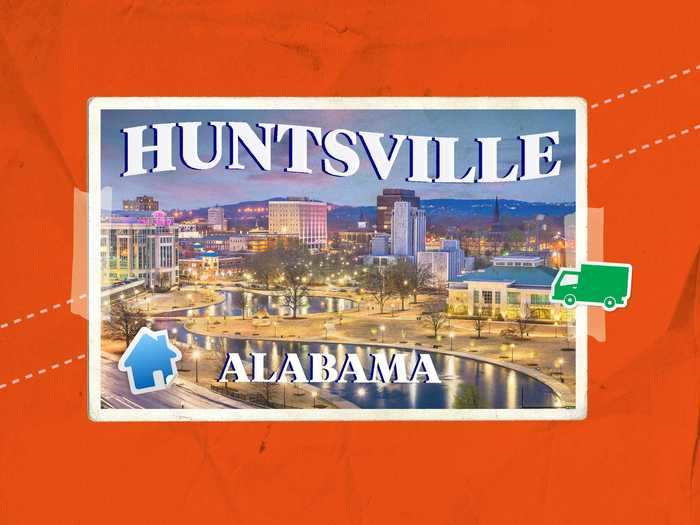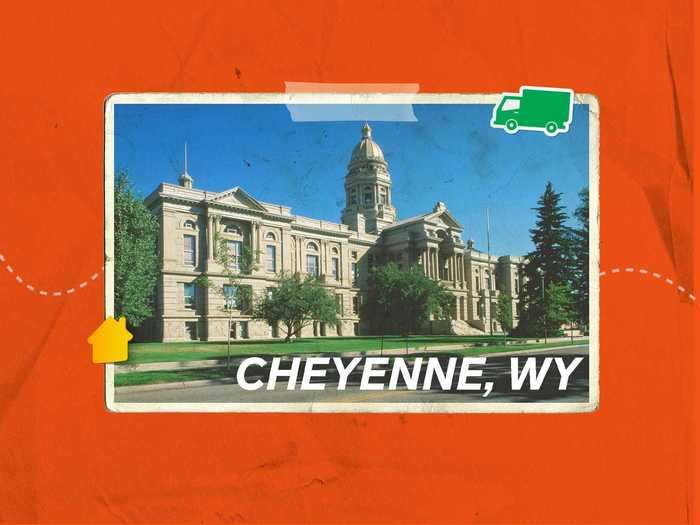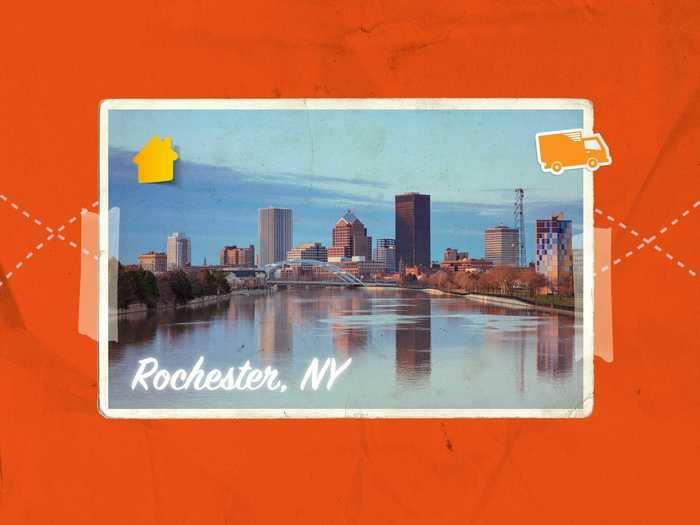We tried to predict the best places to move during the pandemic. The results are in, and we were half right.
Madison Hoff
- We looked back at four highly ranked areas on our list of the best cities to move to post-pandemic.
- Net domestic migration from 2019 to 2020 for these metro areas was pretty similar to previous years.
- Huntsville, Alabama, had a larger positive net domestic migration this year, continuing its growth.
Three months ago, Aaron and Christine Lager traded their 1,100-square-foot home outside San Francisco house for a 3,500-square-foot property in Huntsville, Alabama.
The aerospace and defense company Lockheed Martin had offered Aaron a good, well-paying job, and Christine was enchanted by the city's quaint downtown.
Huntsville is one of the winners of the pandemic migration boom. The metro area had a positive net domestic migration - the number of people moving into a metro area from elsewhere in the US minus people moving out to another part of the country - of 8,964 from July 1, 2019, to June 30, 2020, according to the most recently available US Census Bureau data. This was higher than the 6,815 in the same period a year earlier.
We anticipated its success: In summer last year, as moving became a popular conversation topic, and people debated the best places to ride out lockdowns and work remotely, Insider decided to use available data to create a list of the best cities to move to after the pandemic. The metropolitan-area data, which was mainly from before the pandemic, covered nine metrics. For example, low unemployment rates, low cost of living, and high ability to work from home would likely lead to a higher place in the ranking. Huntsville came out among the top 10, in part for its high educational attainment and high share of jobs that could be done remotely.
Now that it has been over a year since we came up with our list, we were interested in seeing if people moved to the cities that made up some of the top spots.
As seen in the chart below, people did move to Huntsville and Cheyenne, Wyoming, which we anticipated. But two other cities we thought would do well - Rochester, New York, and Champaign, Illinois - lost residents.
But gains and losses for these metro areas aren't new.
A closer look at data from the Census Bureau over the past few years showed a lot of the cities mostly experienced domestic migration that followed trends that had gone on for years. This fits in with other findings that the pandemic accelerated moves that were already in the works, like Americans moving from high-tax to low-tax states and leaving large and expensive metro areas for suburbs and secondary cities.
Take Huntsville, which came in ninth in our ranking. It had positive net domestic migration every year, according to data from over the past decade. It even had a higher estimate this year compared with last year. Meanwhile, Rochester, which ranked 15th in our ranking, experienced the opposite. From 2010 to 2020, its metro area recorded negative net domestic migration every year. We thought that COVID-19 may result in some metro areas seeing an influx of new residents given the news of relocation and people working remotely, but it didn't change that much.
To be sure, the census estimates don't cover the full year of 2020 and aren't the official decennial count. Others, like The New York Times and Bloomberg, have used US Postal Service change-of-address data to figure out where people moved during the pandemic.
One thing's for certain: We were right that the pandemic offered a huge opportunity for some people to rethink where to live. Just because one in five (according to one Pew estimate) people moved during the pandemic or knows someone who did doesn't mean they dramatically changed where they moved. And we didn't take into account previous moving patterns to and from metro areas when coming up with our own guesses for relocators' destinations of choice.
Below are our deep dives into four locations from our best-city list: two with positive net domestic migration and two with negative net domestic migration during part of the pandemic.
READ MORE ARTICLES ON
Popular Right Now
Popular Keywords
Advertisement




